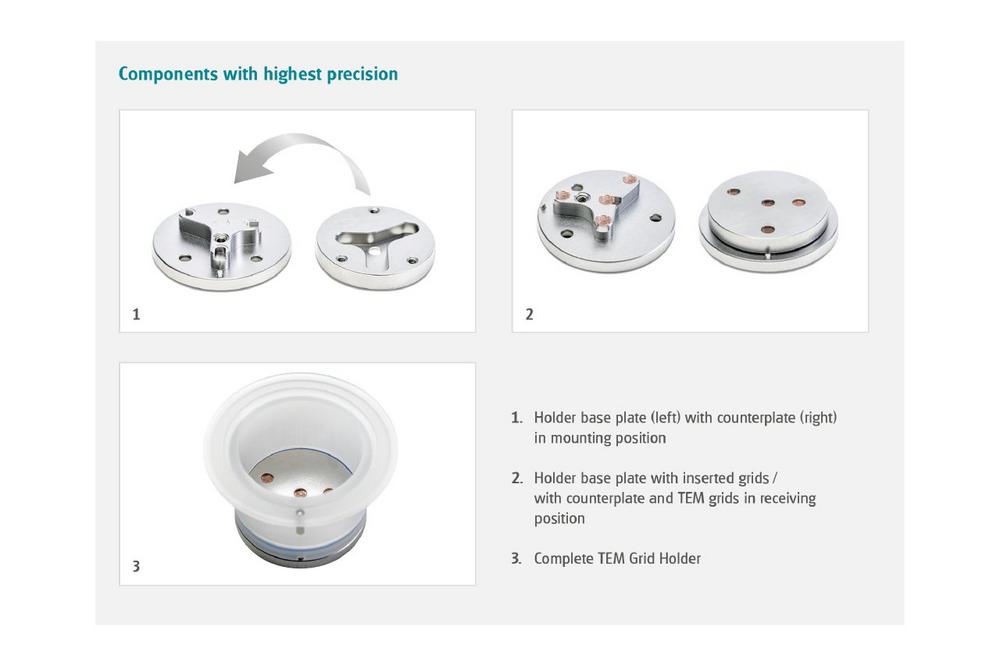Background
The assessment of toxicological effects of airborne particles to the human organism is of major importance in disease research. The presence of nano and ultrafine particles can be found both in indoor and outdoor atmospheres which include workplaces and living areas.
Over the last years, the degree of contribution to diseases of such particles is analyzed ever more frequent by the use of in vitro methods. The required equipment for these studies consisting of aerosol generation and exposure systems are nowadays developed more and more to proven levels. Here the exposure of lung cells to particles at the air/liquid interface is the prime choice over submerse exposure conditions as interaction of particles with cell culture media is avoided. So the air/liquid interface is a physiologic relevant exposure technique (picture 1).
Furthermore, dose determination under submerse conditions, thus which amount of the substance has reached the cells, is extremely difficult.
For over 10 years, VITROCELL® air/liquid interface Exposure Modules can be equipped with VITROCELL® Crystal Quartz Microbalances to assess the deposited mass in ng/cm2 in real time.
The subsequent required information is related to size, shape and distribution of the particles at the level of the cell culture insert. For this analysis Transmission Electron Microscopy (TEM) is a proven method. Here a beam of electrons is transmitted through a specimen to form an image. The resolution is significantly higher than of usual light microscopes.
For this purpose, particles are captured on TEM grid sample carriers (picture 2) and then transferred to the TEM microscope. Due to the small size of the grids, placement in cell culture inserts is extremely difficult and it is almost impossible to position them always at the same location.
Solution
For application inside the Vitrocell® exposure modules, a new insert with integrated TEM grid holders was developed together with the Karlsruhe Institute of Technology (KIT).
The TEM grid holders can be equipped with standard sample carriers to analyse number, morphology and distribution of deposited particles. The grids are located on the same level as the cells during a regular exposure. Furthermore, the grids can be fixed on different radii on the insert surface to evaluate spatial distribution. The fixation also prevents the grid from any motion on the insert during
the experiment. The VITROCELL® TEM Grid Holders are commercially available for the 6- and 12-well sizes and fit into the VITROCELL® 6 and 12 module series.
Results
Picture 3 shows images of particles deposited on sample grids inside the VITROCELL® Exposure Modules. While image 3A shows an overview of the deposition pattern, picture 3B gives detailed information regarding size, shape and agglomeration state of the particles of the investigated aerosol.
A recent publication in Nature Scientific Reports (Mülhopt, S. et al. 2020) demonstrated usability as well as reliability of the novel TEM Grid holder system.
References
Nature Scientific Reports, volume 10, Article number: 8401 (2020)
Published: 21 May 2020
Open Access:
“A novel TEM grid sampler for airborne particles to measure the cell culture surface dose”
Sonja Mülhopt, Christoph Schlager, Markus Berger, Sivakumar Murugadoss, Peter H. Hoet, Tobias Krebs, Hanns-Rudolf Paur & Dieter Stapf
For publications please visit the publication area of our website: www.vitrocell.com/…
VITROCELL® Systems GmbH – Advanced in vitro exposure systems
VITROCELL® exclusively concentrates on the developing, producing, installing, training and servicing of advanced in vitro exposure systems.
VITROCELL Systems GmbH
Fabrik Sonntag 3
79183 Waldkirch
Telefon: +49 (7681) 4977950
http://www.vitrocell.com
Managing Director
Telefon: +49 (7681) 4977950
Fax: +49 (7681) 4354
E-Mail: info@vitrocell.com
![]()
